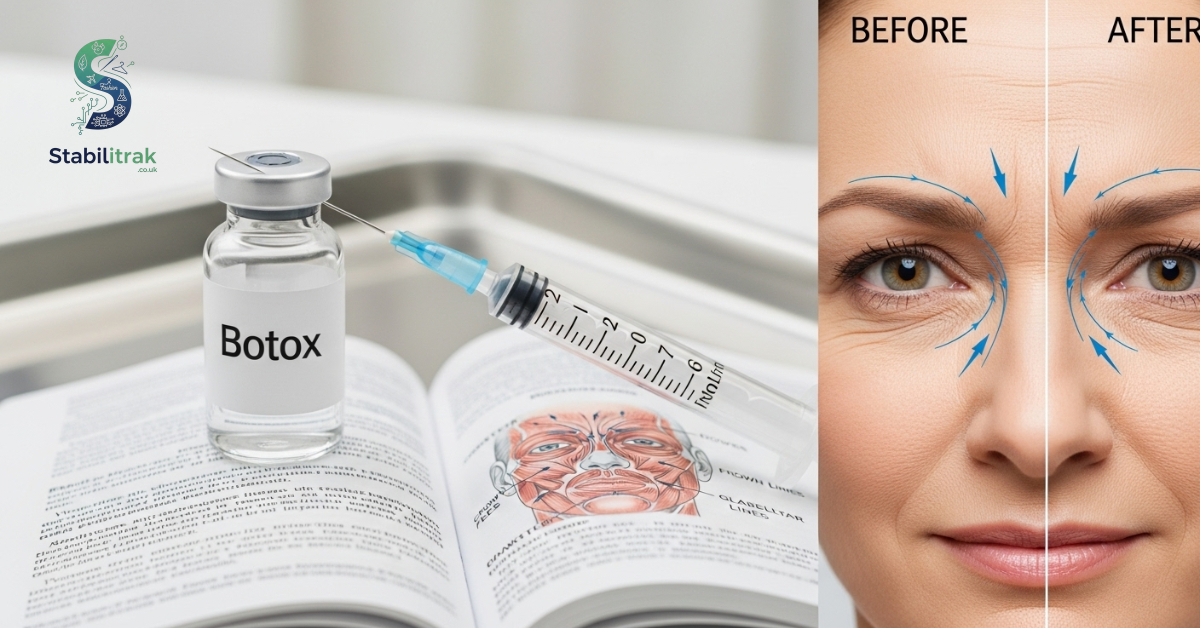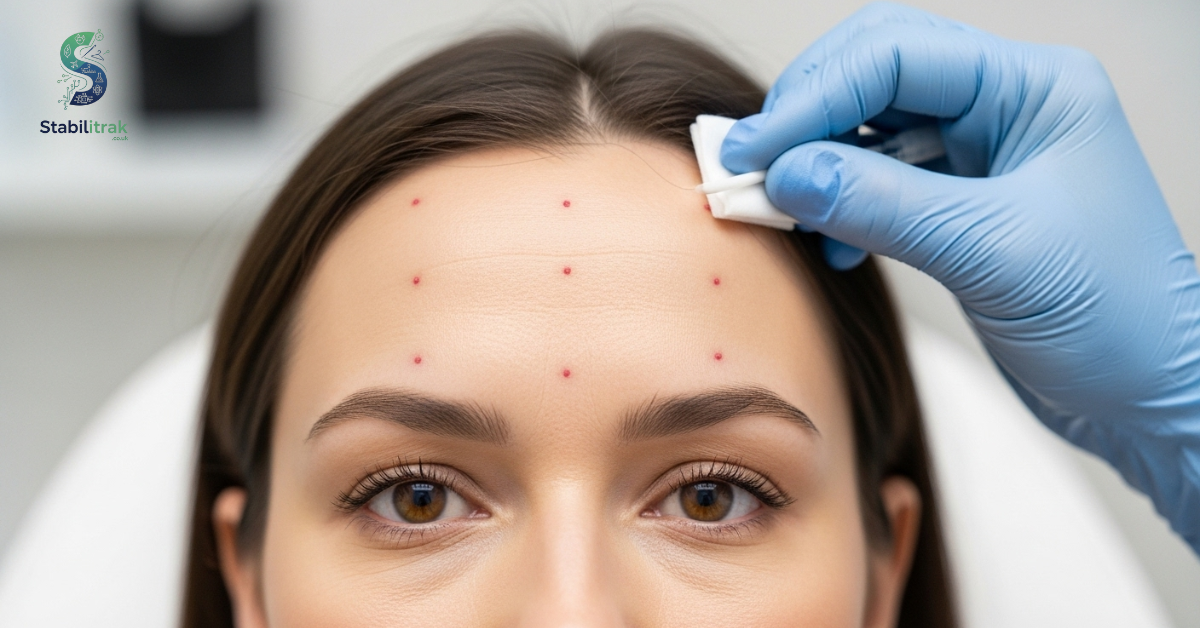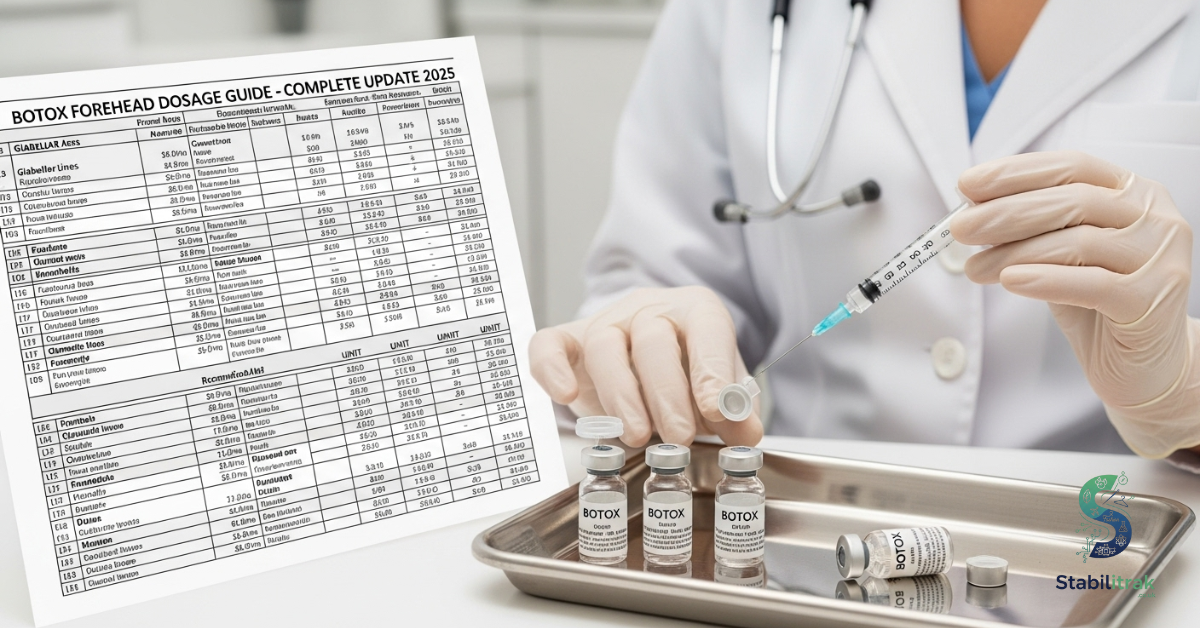Sometimes you catch yourself in the mirror and notice those fine lines that seem to have deepened overnight. It’s frustrating because no amount of skincare or makeup really hides them, and you just want something that works. That’s probably why so many people end up searching for Botox, curious if it could finally be the answer to keeping their face smooth and fresh without looking unnatural.
In this post, we’ll break down everything you need to know about Botox in simple terms. From how it works and what it can (and can’t) do, to the number of units needed for different areas, you’ll get clear, straightforward insights. By the end, you’ll have a better idea of whether this treatment is right for you and what to expect if you decide to try it.
Understanding Botox
If you’ve ever noticed forehead lines that don’t seem to go away, no matter how much you moisturize, you’re not alone. Many people begin exploring Botox when creams and serums no longer deliver results. This treatment is widely known for softening wrinkles and giving the skin a smoother, refreshed look.
Botox is the brand name for botulinum toxin type A, a purified neurotoxin that temporarily relaxes specific muscles. Limiting repeated muscle contractions reduces dynamic wrinkles like frown lines and horizontal forehead creases. The results are not permanent, but they offer a natural improvement that many patients find confidence-boosting.
Read More Article: How Long Does Dry Ice Last?
What Makes Botox Effective?

Botox works at the nerve-muscle junction by blocking signals that trigger contractions. When the frontalis muscle in the forehead relaxes, the overlying skin appears smoother. This reduction in muscle movement is why it’s so effective for expression lines caused by raising your eyebrows or furrowing your brow.
The effectiveness also lies in its precision. A skilled injector knows exactly where to place units so you get a softer appearance without a “frozen forehead.” It’s this balance between relaxation and maintaining natural expression that makes the treatment both safe and popular.
FDA Approval
Botox was first approved by the FDA for medical use in the late 1980s and later gained approval for cosmetic applications. By 2002, it became the first injectable treatment cleared for reducing moderate to severe frown lines between the eyebrows. Since then, approvals have expanded to include forehead lines and crow’s feet.
This regulatory history reassures patients. Knowing that a treatment has undergone extensive clinical trials and government review helps people feel more confident about safety and effectiveness.
Safety and Popularity
Botox is now one of the most widely performed cosmetic procedures worldwide. According to 2020 statistics, millions of people in the U.S. undergo injections each year, and demand continues to grow. Both men and women turn to it not only for wrinkle reduction but also for preventative care.
Its popularity comes down to being non-invasive. Unlike surgery, it requires no downtime, making it convenient for people with busy schedules. Side effects are typically minimal when administered by a qualified, board-certified injector.
Read More Article: How Long Does Invisalign Take?
How Many Units of Botox for Forehead

When it comes to forehead treatment, dosage varies based on individual needs. Most people require between 10 and 30 Botox units for the frontalis muscle. Someone with mild lines may need closer to 10–12 units, while deeper, more severe wrinkles could call for 20–30.
It’s important to note that there’s no one-size-fits-all answer. Factors like muscle strength, gender, and facial anatomy all influence how many units will deliver the best results.
Factors Influencing Dosage
Your forehead isn’t exactly like anyone else’s. A man with strong forehead muscles may need a higher dose than a woman with finer features. Likewise, someone who raises their brows frequently might require more to achieve smoothing without heavy restriction.
Age also plays a role. Younger patients seeking preventative treatment usually need fewer units compared to older individuals with established wrinkles. Personal preference—whether you want a very natural look or a more dramatic smoothing—also impacts dosage.
Typical Dosage Range
Here’s a general breakdown of Botox unit ranges for the forehead:
| Wrinkle Severity | Average Units | Example Use |
| Mild Lines | 10 to 12 units | Subtle smoothing, prevention |
| Moderate Lines | 15 to 20 units | Noticeable improvement |
| Severe Lines | 20 to 30 units | Stronger correction |
These numbers are only guidelines. A consultation with a professional is essential to create a plan suited to your facial anatomy and desired results.
Determining the Right Botox Dosage

Your injector won’t just pick a number out of thin air. They’ll study your facial structure, observe how your muscles move, and ask about your goals. From there, they’ll decide how many units to start with.
In some cases, practitioners prefer to begin with a conservative dose. You’ll return for a two-week follow-up where adjustments can be made. This step ensures balanced results without over-treating.
Facial Anatomy Considerations
The frontalis muscle, which lifts the eyebrows, is the main target in forehead injections. Too much relaxation here can cause brow sagging, which is why precision matters so much. A board-certified injector will spread units across multiple sites for an even outcome.
They’ll also evaluate surrounding areas like the glabellar lines (between the eyebrows). Often, treating just the forehead without addressing nearby muscles can create an unnatural imbalance.
Desired Aesthetic Results
Not everyone wants the same look. Some patients prefer very smooth skin, even if it means limited movement. Others value keeping a natural lift while simply softening deep lines.
During your consultation, be clear about your expectations. This helps your injector decide whether you’ll need 10, 20, or closer to 30 units to achieve your ideal appearance.
Consultation Process and Practitioner Expertise
A thorough consultation is crucial. Your provider will review your medical history, examine your facial expressions, and explain possible risks. Choosing someone who specializes in cosmetic injections makes a big difference in safety and results.
Practitioner expertise is also what prevents complications like droopy eyelids or uneven results. Always seek treatment from a qualified, experienced professional—ideally a board-certified dermatologist or plastic surgeon.
Conclusion
The number of Botox units you need for your forehead depends on factors like muscle strength, wrinkle depth, and personal goals. On average, you can expect 10–30 units, with some adjustments based on your unique anatomy.
The key is finding a skilled practitioner who can design a personalized treatment plan. With the right dosage and placement, Botox offers smoother skin, a more youthful appearance, and results that still look natural.
FAQs
Q: How many units of Botox for the forehead for the first time?
First-time patients usually start with 10 to 20 units for the forehead, depending on muscle strength and wrinkle depth. Starting low and adjusting later is common.
Q: How many units of Botox for the forehead and 11s?
Treating both areas typically requires 30 to 40 units total, about 10 to 20 units for the forehead and 15 to 20 units for the 11 lines (glabella).
Q: How many units of Botox are in a syringe?
A standard Botox vial contains 100 units, which are diluted and drawn into syringes. Each syringe can hold different amounts depending on treatment needs.
Q: How many units of Botox for the forehead before and after?
Before treatment, forehead lines are visible with movement. After 10 to 20 units, results usually smooth the area within 7 to 14 days, lasting 3 to 4 months.
Q: How many units of Botox for the forehead and eyes?
The forehead may take 10 to 20 units, while the eye area (crow’s feet) often requires 10 to 12 units per side. Together, the total is usually 30to 40 units.
Q: 40 units of Botox before and after?
40 units can cover multiple areas such as the forehead, 11s, and eyes. Before, wrinkles are noticeable; after, lines appear softer with a smoother look.
Q: How many units of Botox for the eyes?
Crow’s feet are generally treated with 10 to 12 units per side. Both eyes together may need 20 to 24 units for a refreshed appearance.
Q: How many units of Botox for 11 lines?
The frown lines between the eyebrows (11s) typically need 15 to 20 units. Stronger muscles may require a slightly higher dose for best results.


1 thought on “How Many Units of Botox for Forehead? Complete Dosage Guide (2025 Update)”